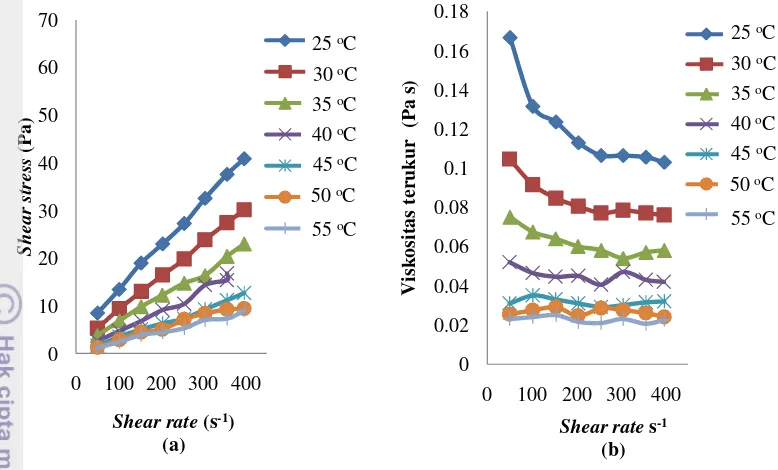Informasi Dokumen
- Penulis:
- Renny Permatasari
- Sugiyono
- Nur Wulandari
- Sekolah: Bogor Agricultural University
- Mata Pelajaran: Food Science and Technology
- Topik: Study On Effect Of Temperature On Density And Rheological Properties Of Crude Palm Oil
- Tipe: thesis
- Tahun: 2011
- Kota: Bogor
Ringkasan Dokumen
I. Introduction
The introduction establishes the significance of crude palm oil (CPO) as a vital agricultural commodity in Indonesia, the world's largest producer. It highlights the necessity of understanding the density and rheological properties of CPO, particularly in the context of pipeline transportation. The section emphasizes the impact of temperature on these properties, which are crucial for the design and efficiency of transportation systems. The academic relevance lies in the integration of agricultural science with engineering principles, facilitating a multidisciplinary approach to addressing real-world challenges.
II. Literature Review
This section reviews existing literature on palm oil, focusing on its botanical characteristics and the processing methods that yield CPO. It discusses various studies that have explored the rheological properties of palm oil, emphasizing the influence of temperature and shear rate on these properties. The literature review underscores the need for further research on the rheological behavior of CPO specifically from Indonesian plantations, contributing to the academic discourse on food science and technology. It provides a theoretical framework for understanding how temperature affects the physical properties of oils.
III. Methodology
The methodology outlines the experimental procedures used to measure the density and rheological properties of CPO across different temperatures. It details the materials and equipment employed, including the Haake Rotoviscometer for rheological measurements and the pycnometer for density analysis. This section is significant for educational purposes as it demonstrates the application of scientific methods in food technology research. It encourages students to engage in hands-on experimentation and data analysis, fostering critical thinking and practical skills in scientific inquiry.
IV. Results and Discussion
The results highlight the findings regarding the density and rheological properties of CPO at varying temperatures. It is noted that density decreases with an increase in temperature, while the flow behavior index increases, indicating a pseudoplastic behavior at lower temperatures and a Newtonian behavior at higher temperatures. This section provides a comprehensive analysis of the data, linking it back to the theoretical concepts discussed earlier. The implications of these findings for pipeline design and transportation efficiency are also discussed, reinforcing the connection between theory and practical application in the field of food engineering.
V. Conclusion
The conclusion summarizes the key findings of the study, reiterating the importance of understanding the temperature-dependent properties of CPO for its effective transportation. It suggests potential areas for future research, such as the impact of other environmental factors on CPO properties. This section serves to reinforce the educational objectives of the study, encouraging students and researchers to consider the broader implications of their work in the context of food science and technology. It emphasizes the necessity of continued research in this field to improve industrial practices and product quality.









